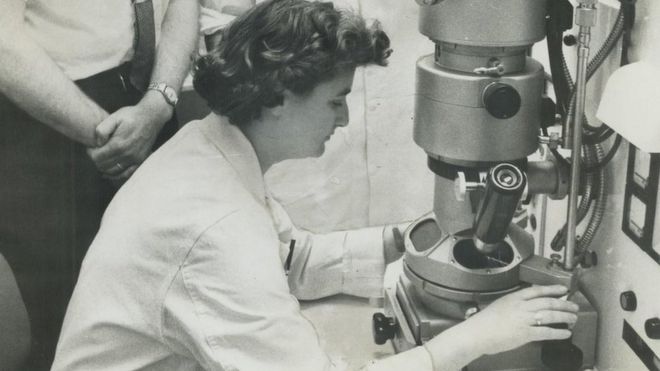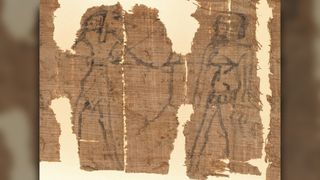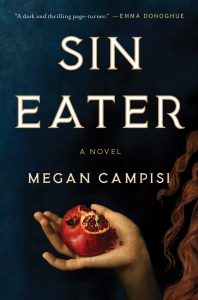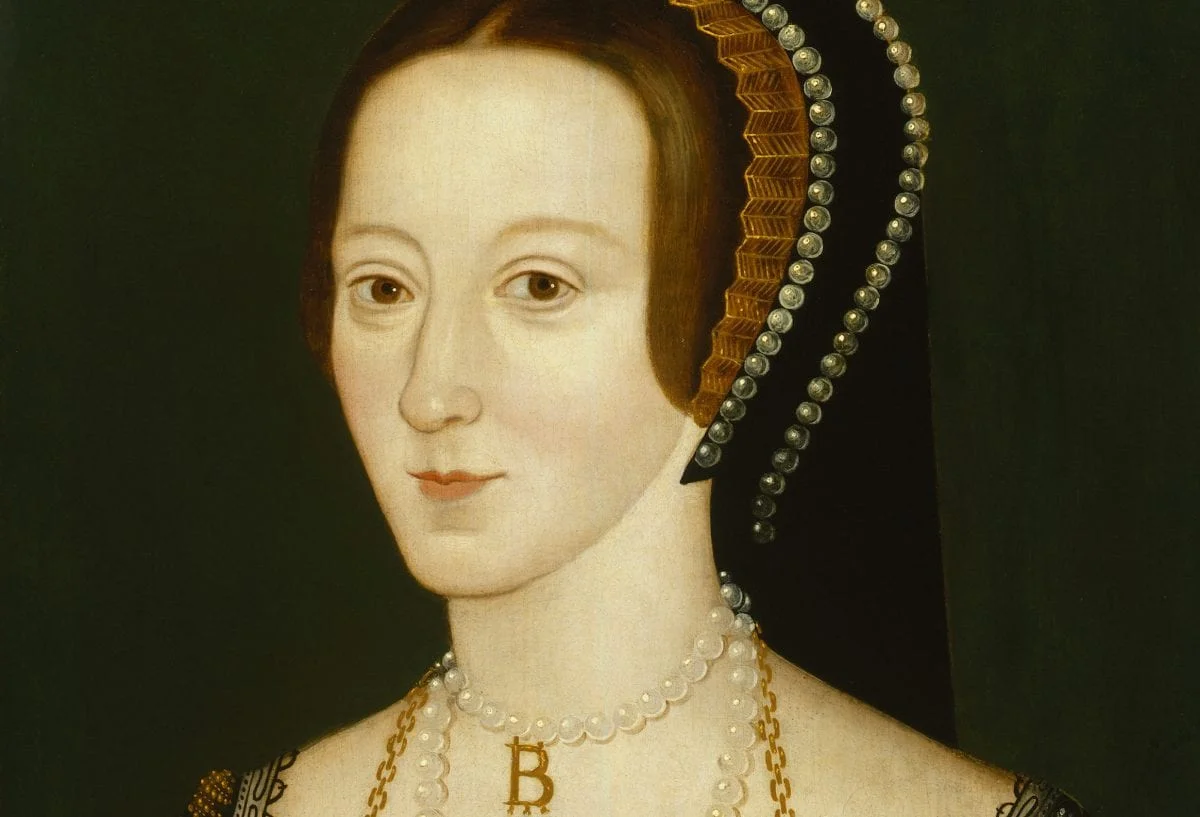In 1926, Irish woman Violet Gibson attempted to assassinate the Italian fascist leader Benito Mussolini. On April 7, 1926, an upper-class, 50-year-old Dublin woman tried to shoot Benito Mussolini, Italy's fascist leader, in the face.
 How had Violet Gibson’s life gone from the well-heeled upbringing of Merrion Square in Dublin to dying in a mental asylum having attempted to assassinate a world leader and how different the world may have been if she had succeeded?
How had Violet Gibson’s life gone from the well-heeled upbringing of Merrion Square in Dublin to dying in a mental asylum having attempted to assassinate a world leader and how different the world may have been if she had succeeded?What’s worse is that Gibson’s attempted assassination triggered a wave of support for Il Duce which possibly helped strengthen his grip on Italy.
The Woman Who Shot Mussolini by Frances Stonor Saunders











